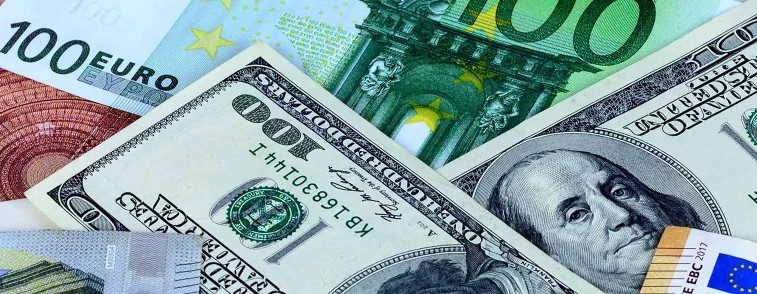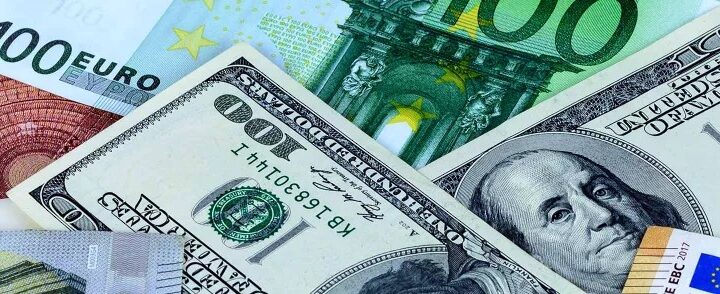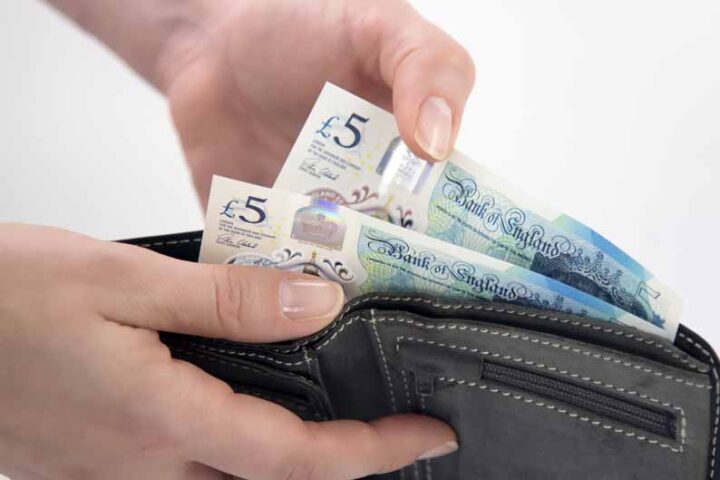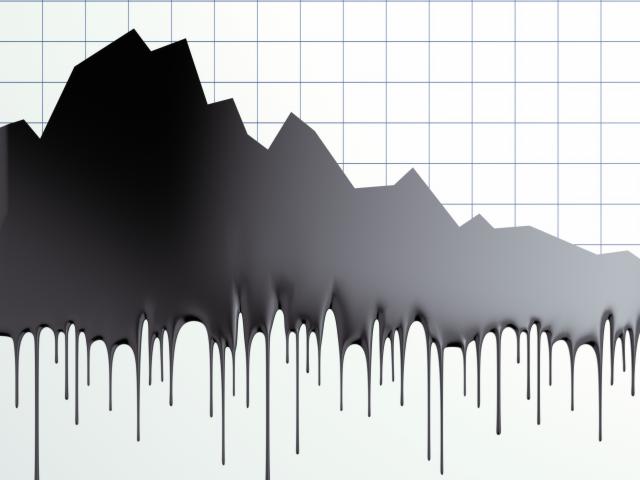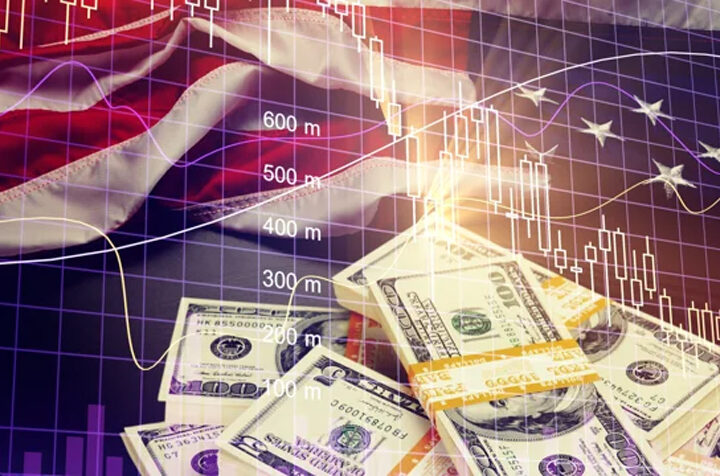EURUSD advanced to near 1.1030 on Wednesday, with the major currency pair remaining firm as the US dollar stays under pressure on the brewing trade war between the US and China.
Beijing increased additional tariffs on the US to 84%, which will come into effect on April 10, in retaliation to increase in reciprocal tariffs on China announced US President Donald Trump on Tuesday.
Market participants were already bracing for a retaliatory move from China as it cleared through the so-called White Paper that Beijing will take countermeasures to “safeguard its rights and interests”.
The white paper also indicated that China firmly opposes “unilateral and bullying restrictive measures” and will “resolutely counteract and fight to the end”.
On Tuesday, Trump raised import duty to 104% on China following Beijing’s countermeasure of 34% levy on imports from the US.
Market participants worry that the escalating trade war between the world’s biggest powerhouses could push the US economy into a recession. This has led to a sharp increase in traders’ bets supporting the Federal Reserve to resume the monetary policy easing cycle, which it paused in January.
According to the CME FedWatch tool, the probability for the central bank to cut interest rates in May has increased to 52.5%, from 10.6% a week ago. The tool also shows that traders are confident that the central bank will cut interest rates in the June meeting.
Meanwhile, investors await the Federal Open Market Committee (FOMC) minutes of the March policy meeting for fresh cues on the monetary policy outlook.
In March, Fed officials guided that interest rates should remain in their current range of 4.25-4.50% until they get clarity on how the President’s policies will shape the monetary policy and the economic outlook.
On the economic front, investors will focus on the US Consumer Price Index (CPI) data for March, to be released on Thursday. The inflation report is expected to show that the headline and core CPI rose moderately by 2.6% and 3%, respectively.
The Euro has also outperformed after German political parties agreed to form a coalition.
The Christian Democratic Union (CDU), led by Frederich Merz, reached a deal with the centre-left Social Democrats (SPD) to form a government, Reuters reported.
A positive development in stabilisation in Germany’s government would advance debt-restructuring plans and the creation of the infrastructure fund.
However, investors brace for volatility in the Euro in the face of Trump-led tariffs. Market participants expect that Trump’s imposition of 20% reciprocal tariffs on the Euro area will dampen the already vulnerable Eurozone economic growth, especially in Germany, the largest exporting nation of the bloc to the US.
In response to Trump’s higher import duties, finance ministers of all Euro area countries are scheduled to meet in Warsaw on Friday to discuss measures to contain the likely consequences of tariffs imposed by the US.
Ahead of the meeting, Poland’s Finance Minister Andrzej Domański said, “disrupted supply chains and rising costs for companies will affect European growth ratios and currencies.”
Additionally, the deepening expectation of more rate cuts from the European Central Bank is also expected to exert some pressure on the Euro.
On Tuesday, ECB Governing Council member Gediminas Šimkus said that a “25 basis points (bps) rate cut is needed in April.”
Šimkus added that the US tariff announcement warrants a “more accommodative” monetary policy, therefore, we need to move to a “less restrictive policy stance”.
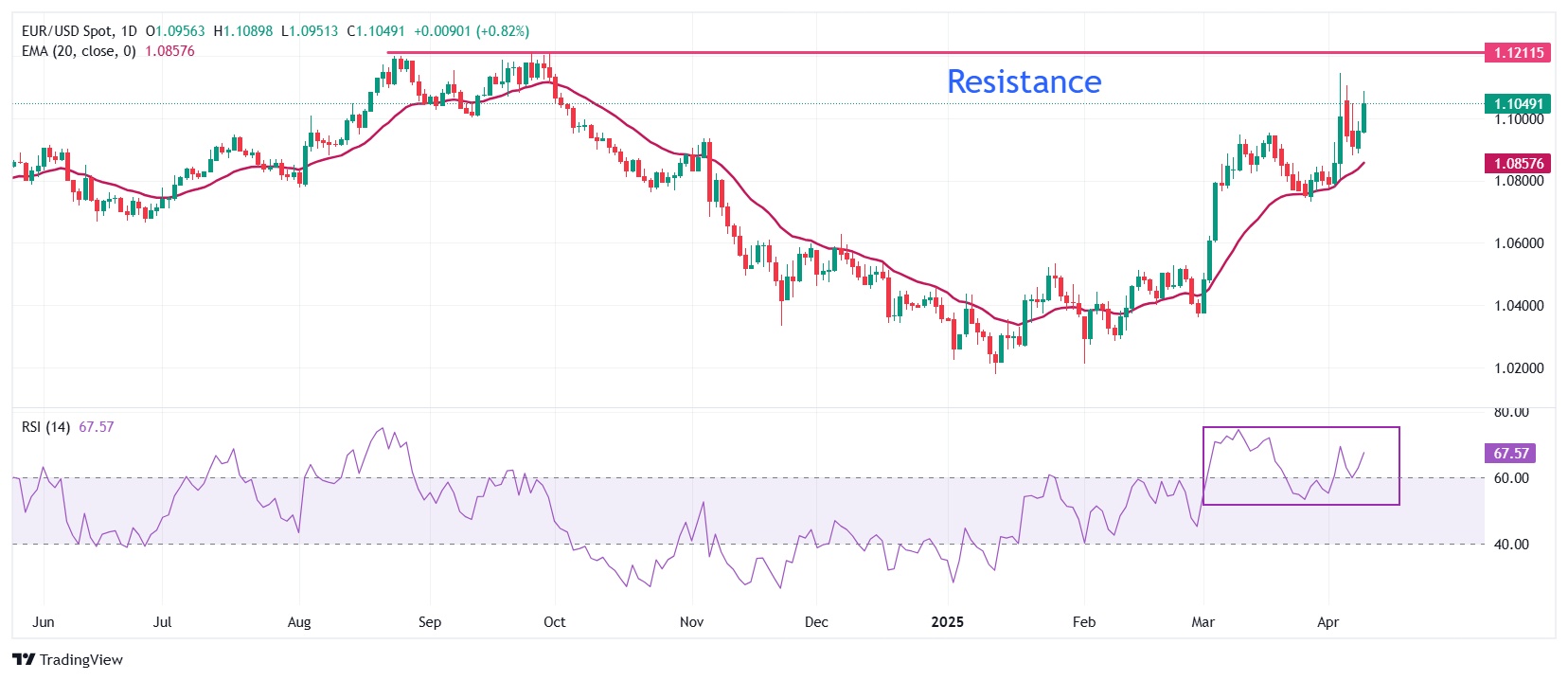
EURUSD chart by TradingView
(Source: OANDA)

